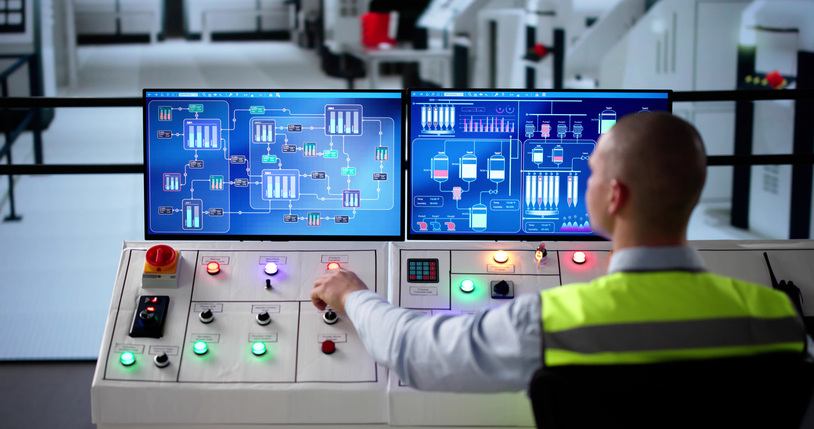Step-by-Step Process Engineer Consulting with MXD Process
Upgrading your industrial process equipment is necessary to improve your operations' efficiency, reliability, and scalability. With MXD Process, this...

Access MXD Process resources including blogs, technical guides, manuals, and maintenance tips—everything you need to optimize, troubleshoot, and expand your process knowledge.
Discover who we are, the industries we serve, and the trusted brands behind our process equipment and environmental solutions. Learn how our team brings precision, innovation, and reliability to every project.
In industrial processes, efficient heat transfer is essential for productivity, energy savings, and product quality. Heat exchanger skids are self-contained systems designed to streamline this process, offering a range of benefits for many industries. If you want to optimize your operations, understanding how heat exchanger skids work and their advantages is a great place to start.
Here, we'll dive into the ins and outs of heat exchanger skids, exploring their components, benefits, and diverse applications.
If you're looking for a streamlined and efficient way to manage heat transfer in your industrial processes, understanding the core components of a heat exchanger skid is essential. Let's break down the key elements that work together to make these systems so effective:
The basic principle is simple: one fluid (the hotter one) transfers its heat to another fluid (the colder one) as they pass through the heat exchanger. The design of the heat exchanger itself varies depending on the application, but the goal is always the same: to maximize heat transfer efficiency.
Investing in a heat exchanger skid brings many advantages to operations, ranging from cost savings to enhanced reliability. Here are the key benefits that make these systems a valuable asset for industries across the board:
One of the most remarkable aspects of heat exchanger skids is their versatility. These systems find applications in numerous industries, each with unique heat transfer challenges. Here are the key sectors where heat exchanger skids are making a significant impact:
As you've seen, heat exchanger skids are more than just industrial equipment; they're strategic investments that can transform your operations. By understanding their components, benefits, and applications, you're well on your way to harnessing their potential to enhance efficiency, reduce costs, and drive productivity in your facility.
If you're considering integrating a heat transfer skid into your system, consulting with a process engineering expert can help tailor the solution to your specific requirements, ensuring you get the most out of this versatile technology.
Have questions? Reach out to one of our process engineers - We'd love to hear from you!

Upgrading your industrial process equipment is necessary to improve your operations' efficiency, reliability, and scalability. With MXD Process, this...

A process engineer designs, implements, controls, and optimizes industrial processes, especially continuous ones within the chemical, petrochemical,...

Process engineering drives advancement and productivity in numerous industries. It transforms production methods and fine-tunes systems to elevate...